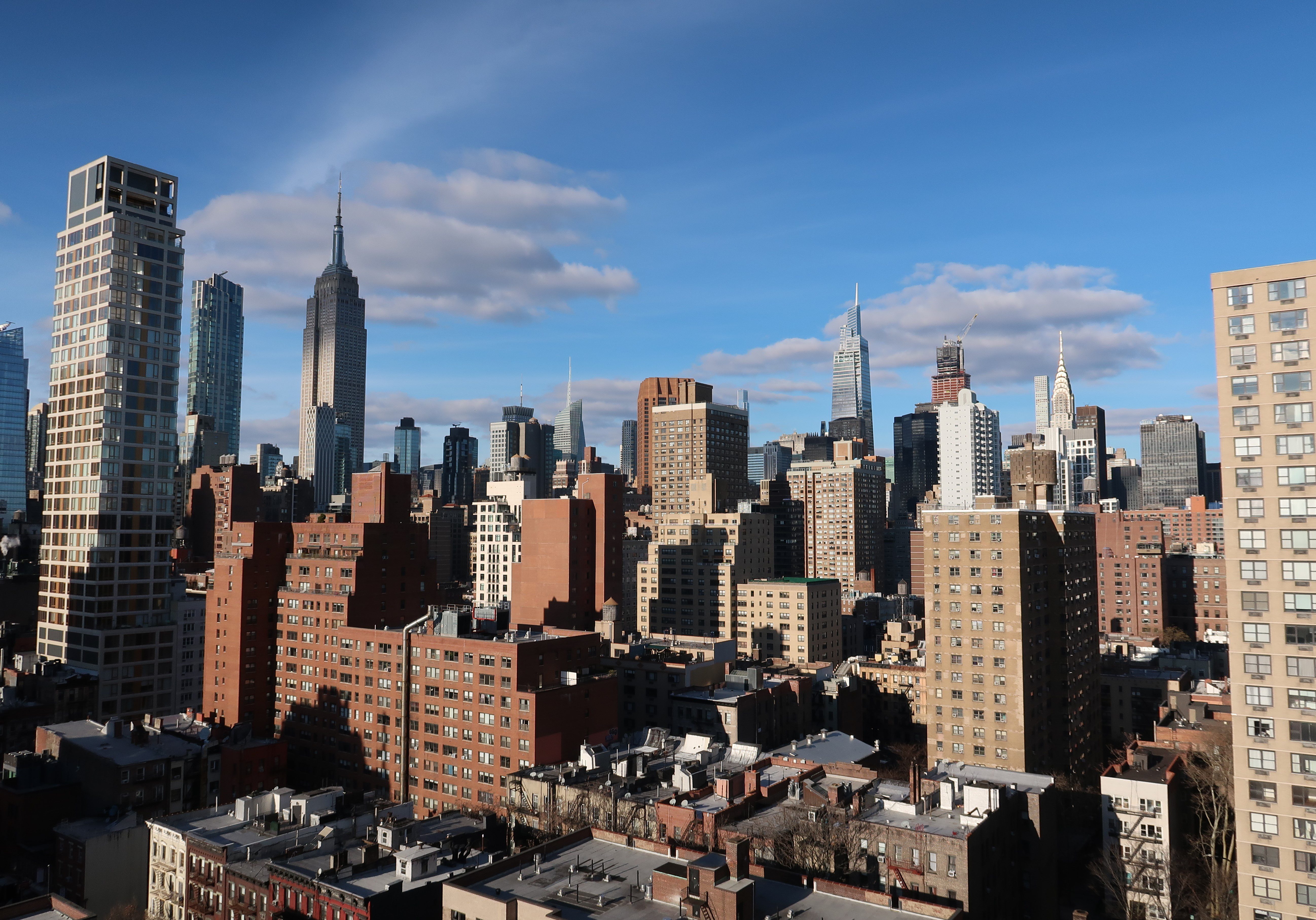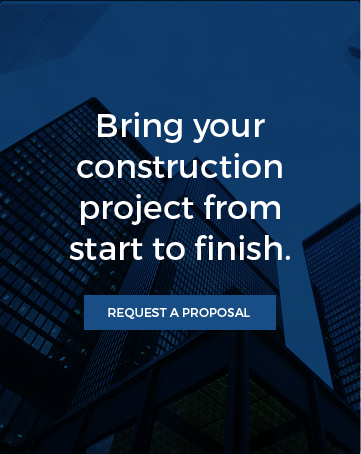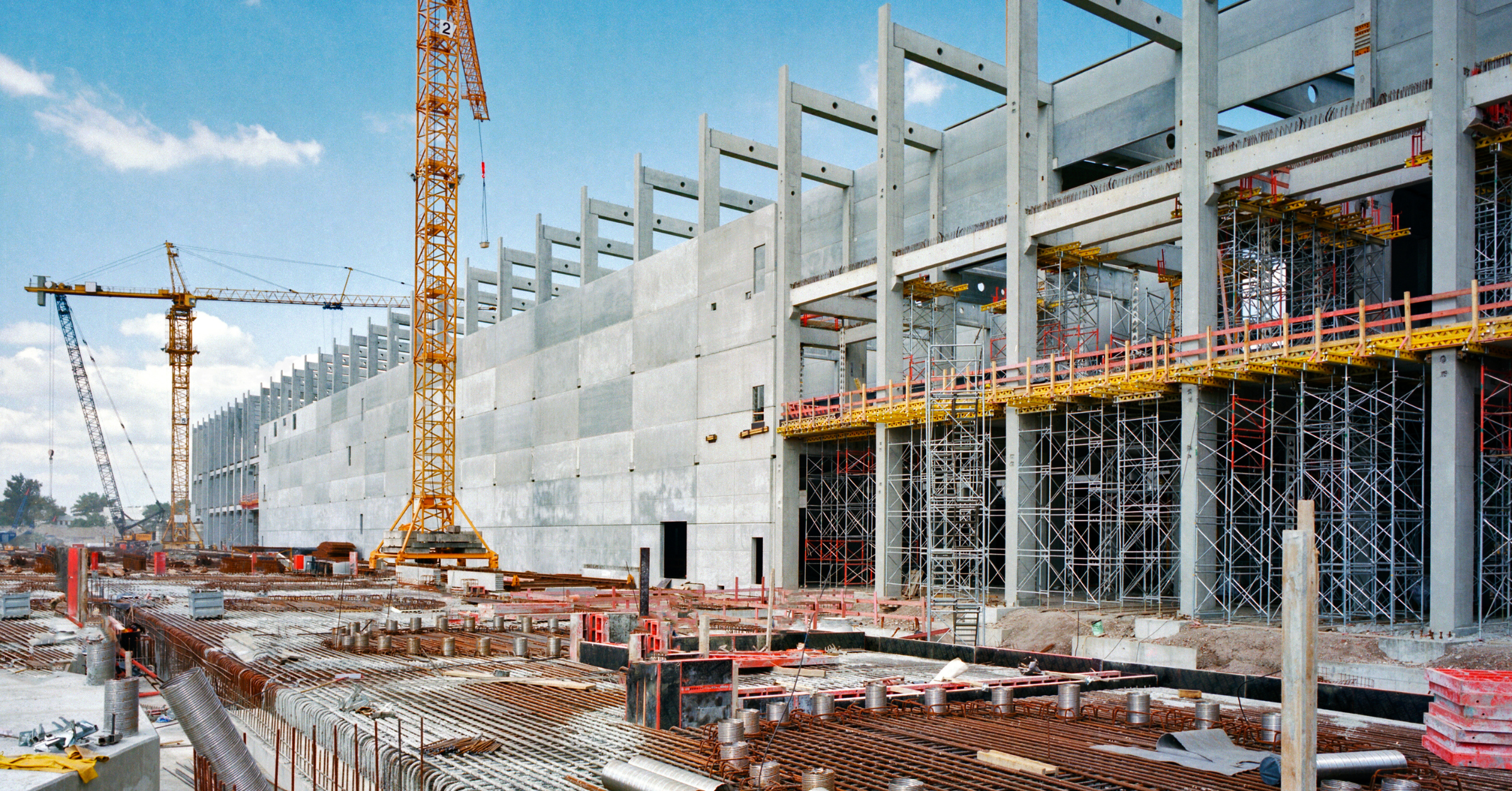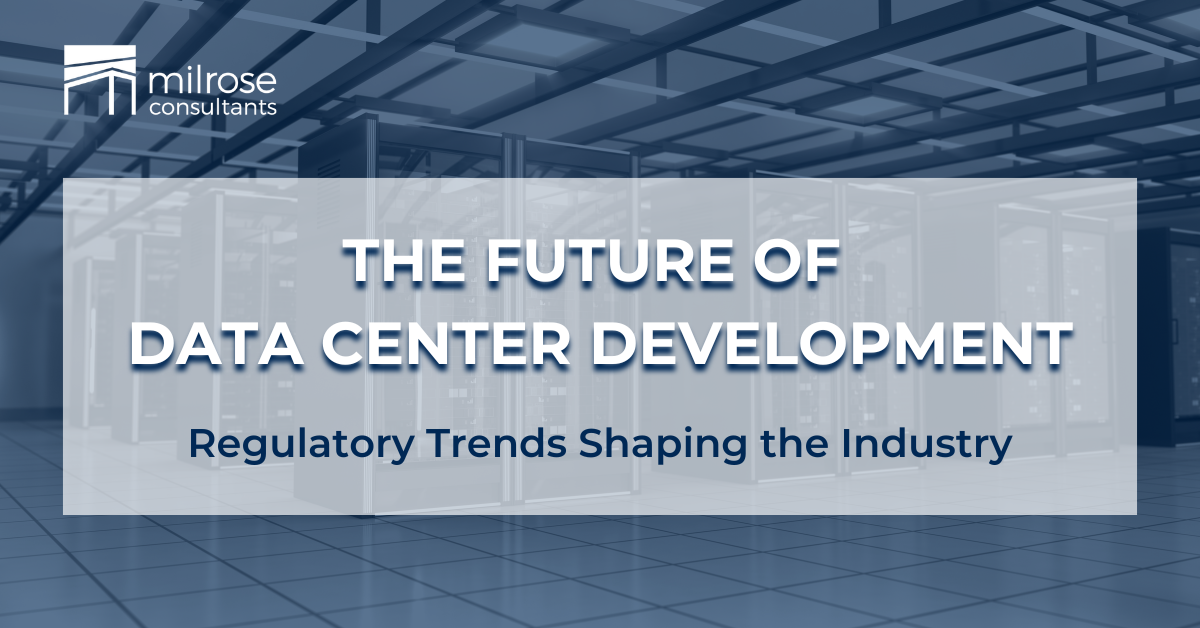Local Law 97 (LL97) is a game-changer for building owners in New York City, setting strict limits on greenhouse gas emissions and imposing steep fines on those who fail to comply. With the first major compliance deadline on May 1, 2025, there’s no time to waste. However, many building owners fall into avoidable traps that can lead to costly mistakes. Here’s what you need to know to protect your building and stay ahead of the curve.
Mistake 1: Waiting Until the Last Minute
Why it’s risky: Compliance is not a quick fix. Waiting too long to start can leave you scrambling to implement expensive upgrades without enough time to do it right.
What you should do: Begin now by conducting an energy and emissions audit. A phased approach gives you more time to explore cost-effective upgrades, financing options, and energy-saving strategies. The sooner you act, the smoother the process will be.
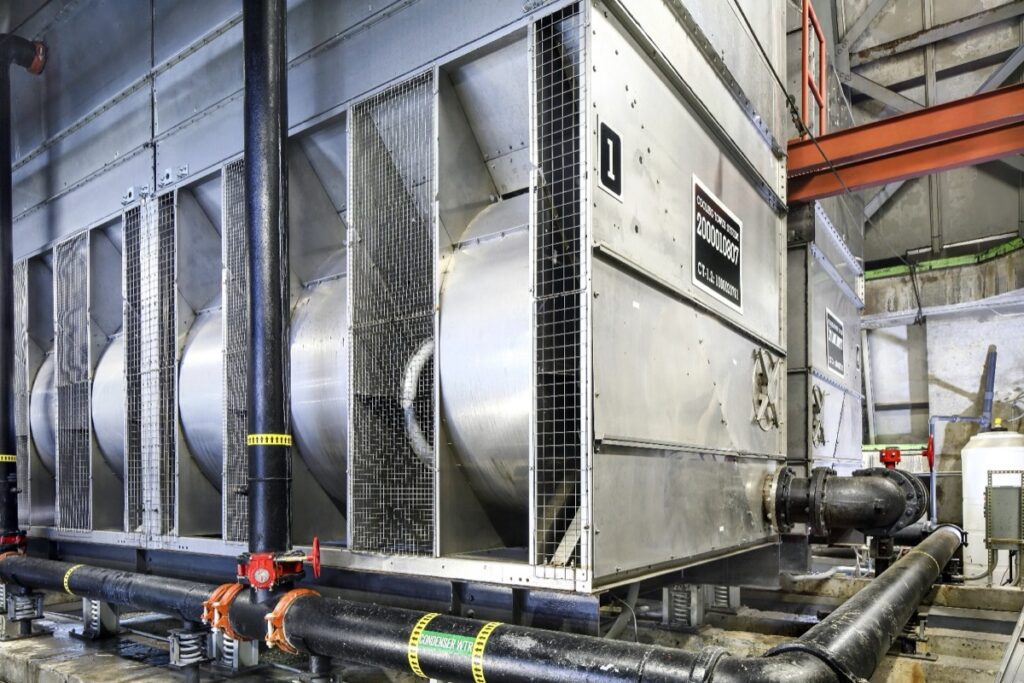
Mistake 2: Underestimating the Cost of Non-Compliance
Why it’s risky: Non-compliance penalties under LL97 can reach hundreds of thousands of dollars annually and escalate over time. Beyond fines, your building’s reputation and market value could take a hit.
What you should do: Calculate the cost of inaction. Often, energy efficiency upgrades and decarbonization strategies will be far more affordable in the long run than paying ongoing fines. Plus, these upgrades typically come with additional benefits, like lower utility bills and improved tenant satisfaction.
Mistake 3: Missing Out on Incentives and Financial Assistance
Why it’s risky: Building owners who skip the research on available rebates, grants, and financing options could end up spending far more than necessary.
What you should do: Leverage programs like NYSERDA, Con Edison, and federal tax credits. These programs offer everything from grants to low-interest loans, making it easier to fund compliance projects. Working with a knowledgeable consultant can help you identify and apply for the best options available to you.
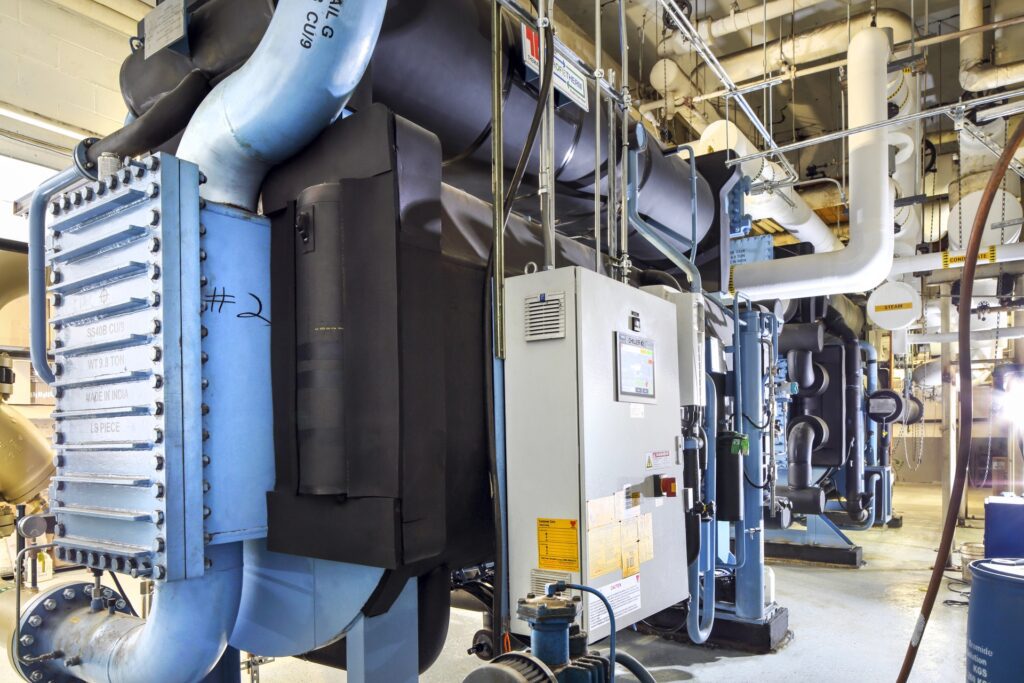
Mistake 4: Using Inaccurate Emissions Data
Why it’s risky: Incorrect or incomplete emissions data can lead to misclassified buildings, ineffective compliance strategies, or unexpected fines.
What you should do: Benchmark your building correctly by working with experts to verify your square footage, energy usage, and emissions levels. Accurate data ensures that you’re meeting the right targets and focusing your efforts where they’ll have the most impact.
Mistake 5: Focusing Only on the 2025 Deadline
Why it’s risky: While meeting the May 2025 reporting deadline is critical, stricter emissions limits will take effect in 2030 and beyond. Short-term fixes may leave you unprepared for future compliance periods.
What you should do: Develop a long-term roadmap that includes incremental upgrades and renewable energy integration. Future-proofing your building now can help you reduce emissions gradually while avoiding last-minute, costly upgrades when future deadlines roll around.

Join Our Webinar: LL97 Compliance Deep Dive—Steps to Meet the May 2025 Deadline and Avoid Costly Fines
Don’t let LL97 compliance catch you off guard. Join our upcoming webinar to get a comprehensive look at what you need to do to comply with confidence and avoid unnecessary fines.
We’ll cover essential topics, including:
- Filing with confidence: Understanding the reporting process and timelines
- Timelines, pitfalls, and consequences: What to expect and how to avoid costly mistakes
- Decarbonization strategies: Long-term plans to reduce emissions and future-proof your building
Final Thoughts: We’re Here to Help
LL97 compliance is complex, but you don’t have to go it alone. Milrose Consultants & HLZAE provide expert guidance every step of the way, from initial assessments to long-term planning. With our support, you can protect your building’s bottom line while making sustainable improvements.
Ready to take the next step? Contact us today to schedule a consultation and develop a plan that fits your building’s unique needs.


